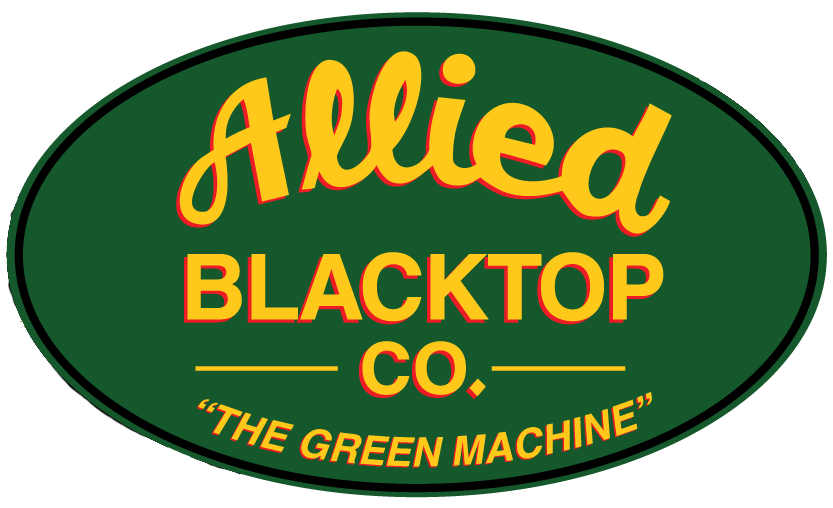Asphalt sealcoating: Smooth, seal, perfect, protect.
Adding a protective sealcoat improves appearance, protects from water and oxidation and gives you a smooth surface for safety and easy cleaning. Sealcoating can range from hot sealcoating (adding a hot emulsified layer of asphalt), to spraying a coal/tar mixture that rejuvenates surfaces as it protects. Allied is one of the few companies with the technology to offer hot sealcoating.
Sealcoating is an interim step that you can take if your asphalt doesn’t need an overlay/resurfacing but needs to be strengthened. There are pros and cons to each sealcoating method and our job is to make sure you understand your options and the benefits. See our blacktop resource center for educational videos on hot and cold sealcoating processes, or get in touch with your questions and challenges. We’re here to help you make the right choice for your project.
Hot oil/chip sealcoating
With this method, liquid asphalt combines with loose chips or rocks to form a tough layer. Hot oil or “chip sealcoating” is a hot sealcoating method which means heat is used to apply and compress the asphalt. The aggregate material plus a powerful emulsion adds durability to your asphalt, typically extending its life for at least four years. More about chip sealcoating.
Cold sealcoating
Cold sealcoating, as the name suggests, means heat is not used to apply the coating. This is the more common method used by roadwork and paving contractors. We apply our CS-41 emulsion (sealer and binder) through a spray-on process. Cold sealcoating protects the surface from water penetration, sunlight, dirt, snow and other elements. Emulsion sealcoating is less expensive than hot oil or chip sealcoating, but once you select this method it’s difficult to switch to another method. This can be a drawback if more serious repairs are needed down the line, but there are cost benefits.
We also offer cape seal coats, and slurry seals.
No matter what you need, our mission is to make sure you make a smart investment. Talk to the Allied team today.











